
Chess Tournament Near Me – World Open Philadelphia
Philadelphia World Open Chess Tournament 2024

Explore top Chess & Coding programs for kids & teens with Raspberry Pi & Roblox courses to boost critical skills. Hands-on STEM activities | Teens Chess Course.
Explore top Chess & Coding programs for kids & teens with Raspberry Pi & Roblox courses to boost critical skills. Hands-on STEM activities | Teens Chess Course.


Blogger/creator of kids chess and technology. Chessmaster
How to improve chess calculation on the chess board is basically saying, “How often do you play chess? Because to improve your calculation you must play often and in different formats, Blitz, Over The Board, and Online. .” That wasn’t much help, ok, ok, let me explain. It’s more about visualization than calculation, but first, the beginner should concentrate on pattern recognition because this is the best way to improve your chess. Once you have an arsenal of different chess patterns, your calculation and visualization will improve naturally. You’re making sense; please continue. Thanks, ok. Let’s Look at some positions with a Knight to understand his pattern and behavior during a game.

A typical Knight pattern to remember is white, white, white, black, or inverse. All three pieces stand on a white square, and the Knight lands on a black square forking.

This is the same as the previous diagram, except black, black, black, white.
The Bishop is a long-range piece; with that, I’m saying that the Bishop works most effectively when it’s at a distance from the enemy. Most strong chess players think that two Bishops in an open position complement each other. Also, they believe that two Bishops are stronger than two Knights or Bishop and Knight. Maybe, this is true. Still, it’s only theory. Some of the Bishops patterns are, Pins, Forks, Skewers, Discover attacks; if I’m missing any, let me know in the comments below. If a beginner’s goal is to play better chess, they must study the Classic and chess tactics pattern recognition. The diagrams below concentrate on Bishops’ tactics and classical Bishops’ sacrifice.
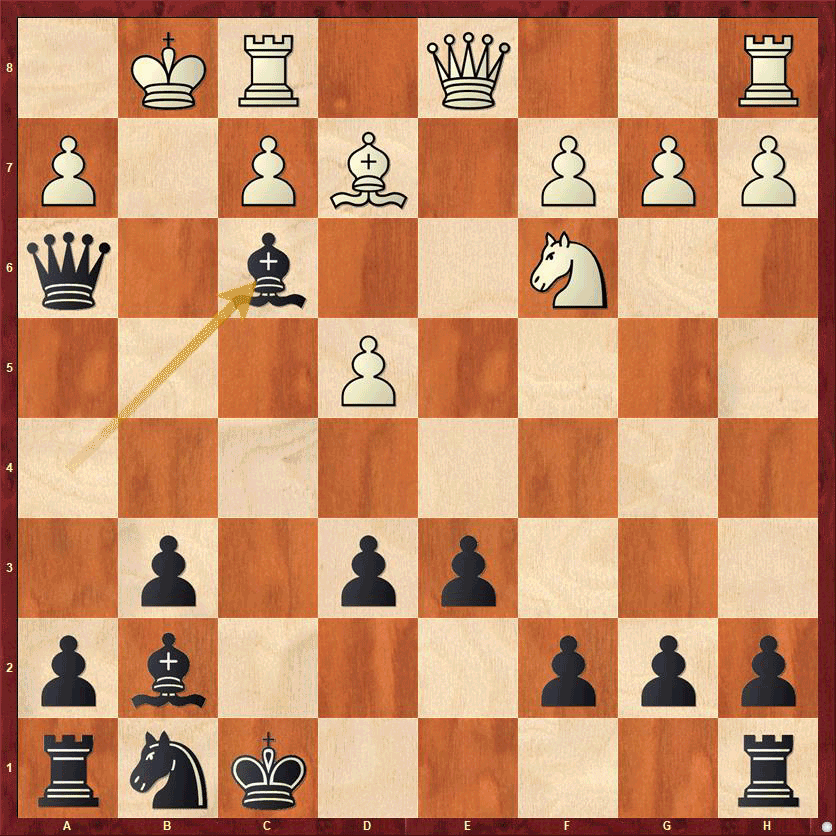

This is a position of the classic Bishop sacrifice. For this pattern to be effective, White must have a white square Bishop targeting the Black castle King, and he also must have a Queen. If you know of any exceptions or additions to this rule, please share in the comments below.
Here the Bishop interferes with Black plans by closing the diagonal with tempo. Notice that Black’s back rank is weak.
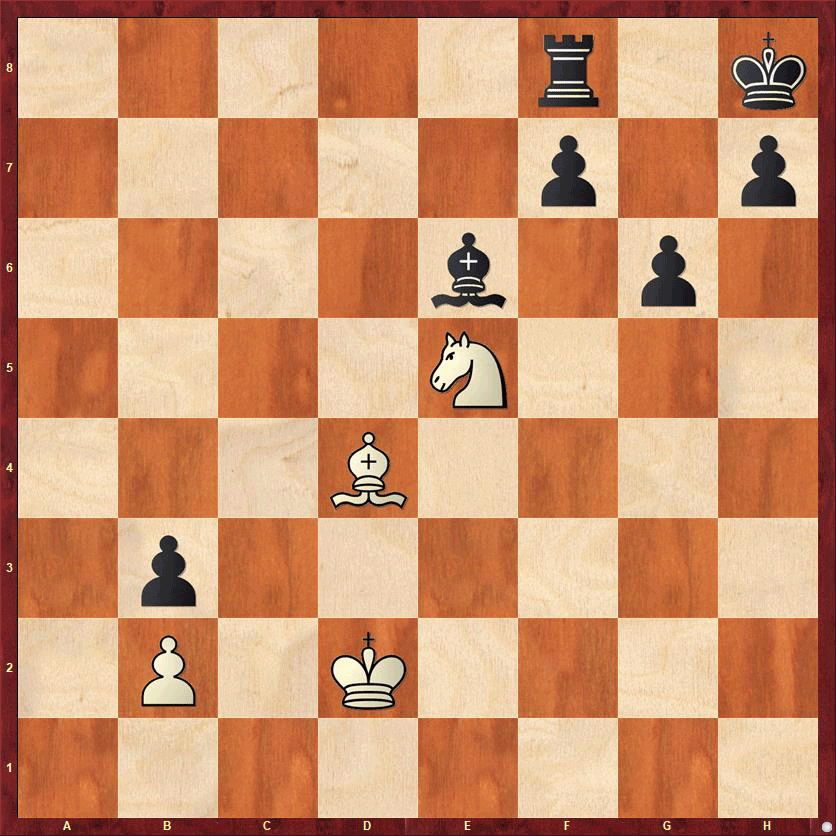
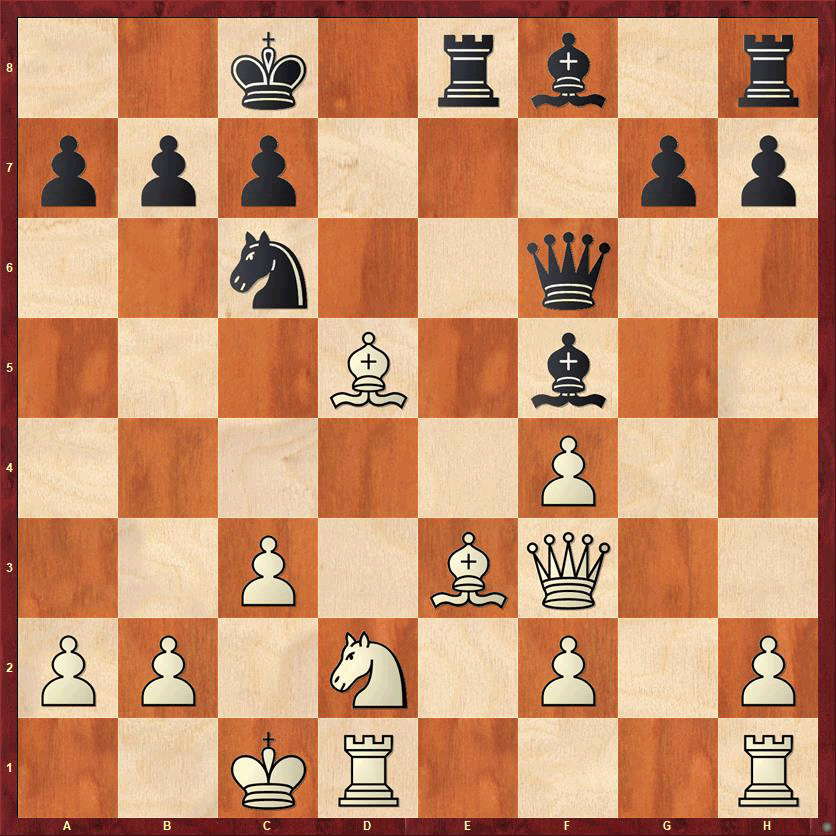
Examing the Bishop further, we see how effective it is in attacking the weak squares around the King. If you’re attacking the King, one of the ideas you should know is to clamp down on f3 or f6 and stop this pawn from moving.
This checkmate is important to have in your pattern recognition. It’s called Boden’s Mate. The takeaways are, Blackls’ light square Bishop is controlling Whites’ King escape square. The Blacks’ dark square Bishop lands on a3 with a checkmate. White is in a crossfire.
The Rook is best suited, in the Opening phase in the center, after you developed your pieces. In the middle game, Rooks lifts can be powerful and dangerous. “Rook lift to where and why?” Good question. Mostly on the third rank if you’re playing White or the sixth rank if you’re playing Black. It depends on the position. The goal of most Rook lift is to double rooks on a file or to transfer the Rook to attack.


This first example displays the Rooks’ power on the open file. Rooks need room to roam, and an open file gives them plenty of opportunities to destroy the opponent camp. This Rook pattern is typical and easy to spot if you understand the behavior of the Rook when operating with minor pieces. The Rook SLAMS onto d2, rocking the board.
This next example highlights the power of the Rook on the 3rd rank when the Rook is the 3rd rank attacking the King, its’ unpleasant for your opponent. The take-away from this position is a battery of the Queen and Bishop, the pined Bishop, but most important is the Rook which can cut off the King from escaping. Rf3, time to get some cookies.

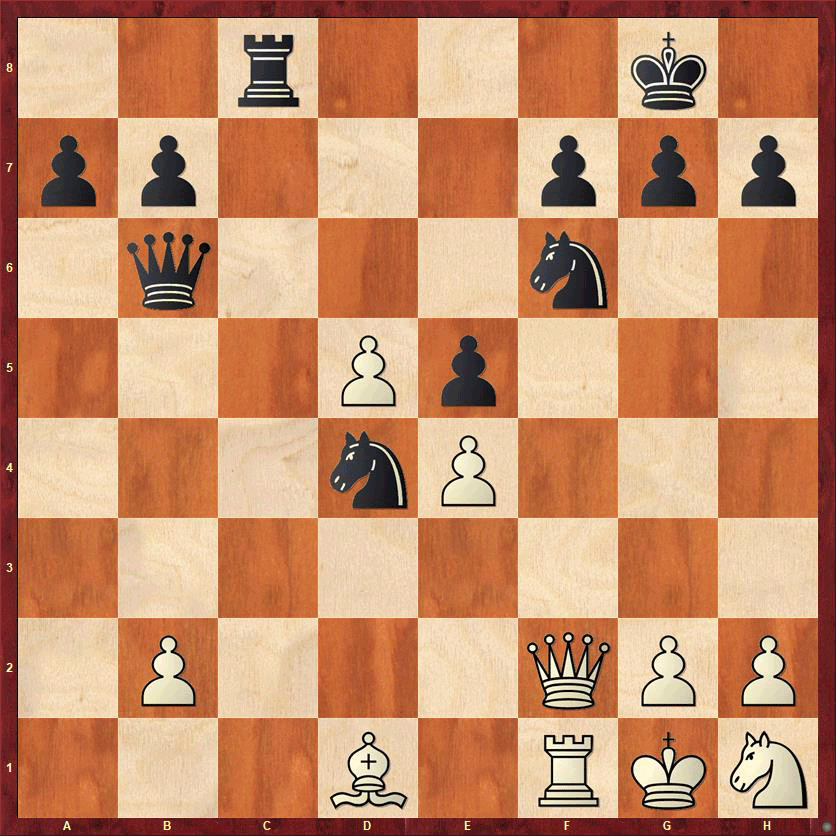
Once again, a Rook on an open file decoying the Black Queen from the defense of its Kingside and leaving the Black Queen unprotected.
I think you understand the pattern of placing your Rook on open files. In the last one, we will look at a Rook sacrifice on e6. If taken, White will achieve the battery of Queen plus Bishop by Qg6!
The Queen is the most powerful piece on the chessboard. The Queen strategy in chess is one of domination. She controls the entire chessboard with her far-reaching moves. Pair her up with a Knight, and there is trouble coming your way. Unlike the one-eyed Bishop, which should attack from a distance, the Lady, Queen, is best attacking the King from close range. This is because the Lady, Queen, can move in any direction, vertical, horizontal, and diagonal. Cutting off the King escape squares. When the King is castled, safe in its home, protected by its pawns, we need a strategy to break through its Pawn cover. Ultimately, we want our Queen close to our opponent, King. Next, we need to change or disrupt his Pawn structure to attack the weak square(s). Lets’ look at a couple of examples below.
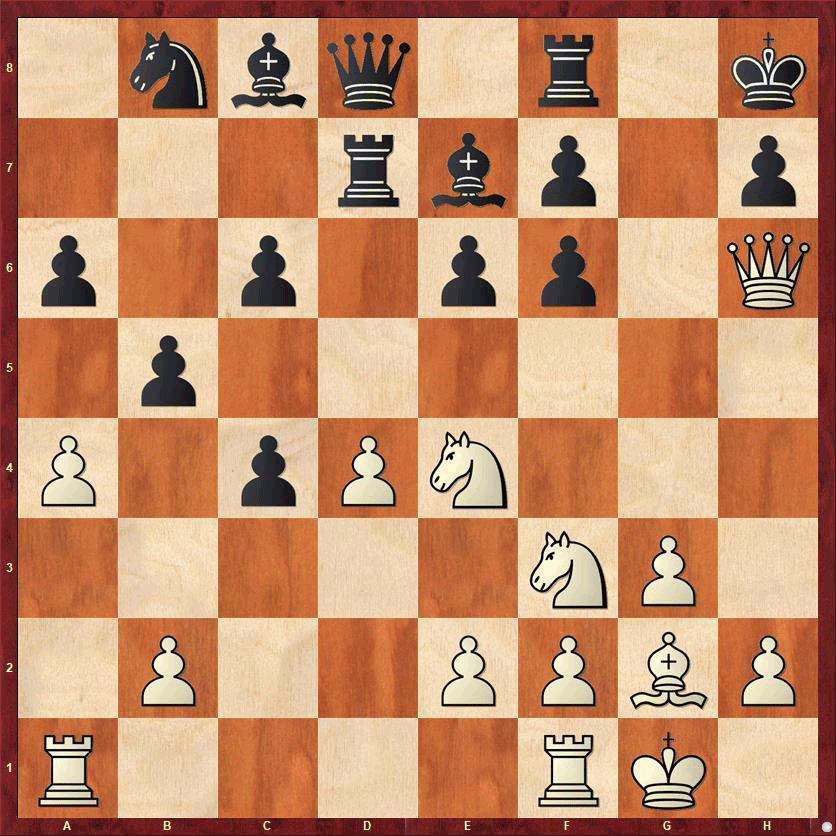
The chess Queen in the first diagram is only one square from the Black King. Also, the Queen is stopping the Black King from running away from danger. This is a typical pattern when attacking the King. First, we must confine the King and then attack it. Notice how the Whites’ Knight destroyed the Black pawn structure.
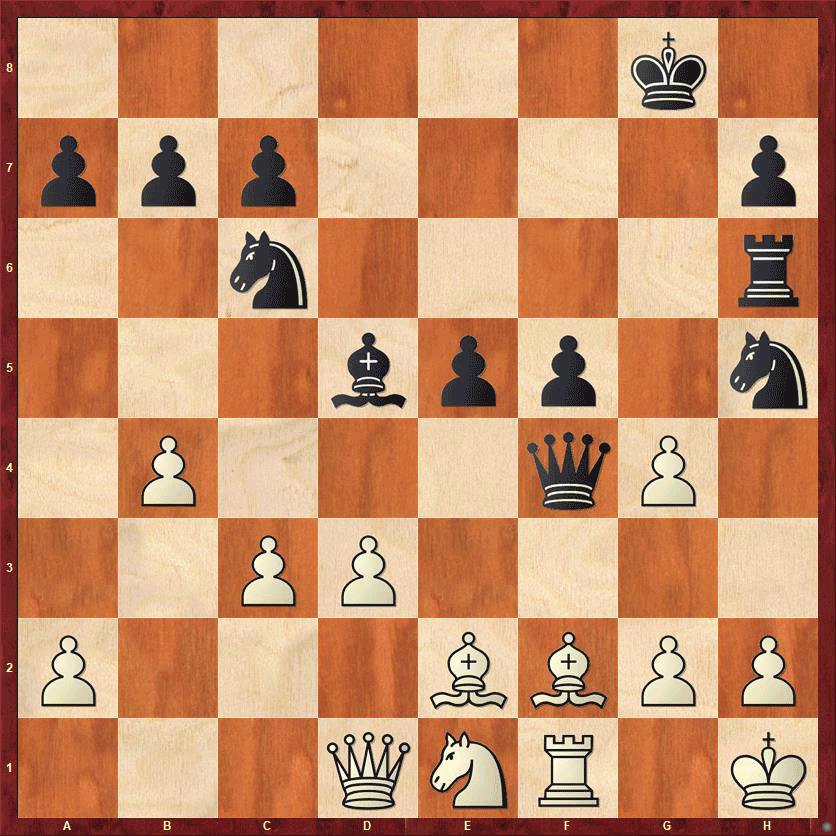

The second diagram is similar to the first. The difference is that Black has a Rook that is joining the attack. Notice how Black destroyed the Pawns surrounding Whites’ King.
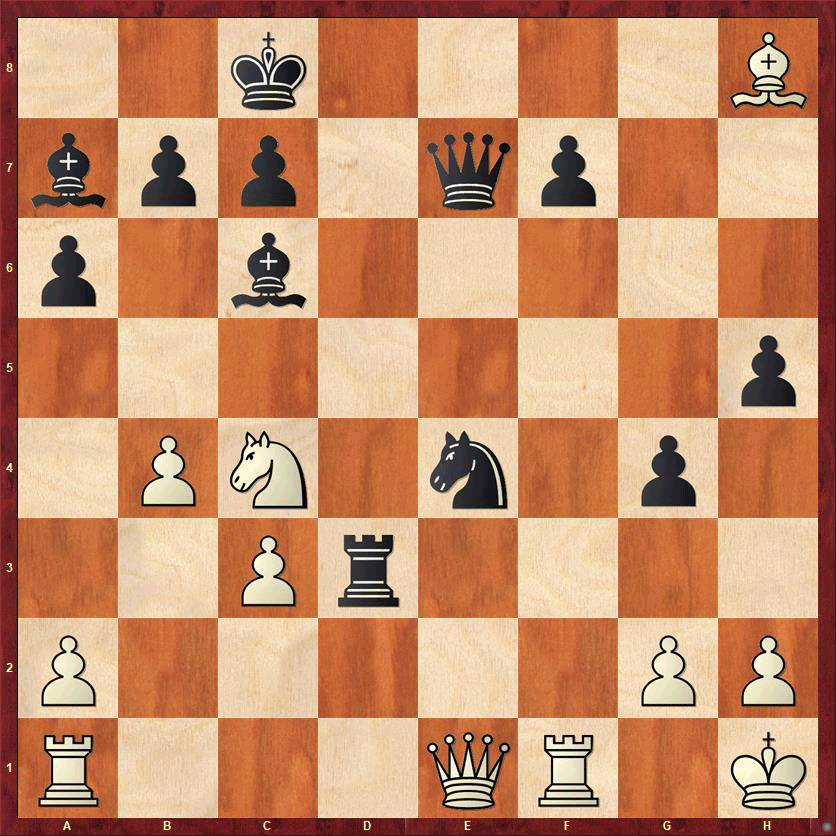
Once again, we see the Queen nearby the King. The pattern, or theme, is the same; even the tactics are the same. Blacks’ mission is to destroy Whites’ King cover. Can you figure out how this is done? Always search for forcing moves first; a forcing move is a check, discovered check, or attack a valued piece. Give your answer in the comments below.
In the 4th and final study of the Queens’s pattern, we notice that she is at a distance from the White Queen. “So, you’re saying it doesn’t work always, that is the Queen next to the King?” Yes, you’re right; there is no rule set in stone rules in chess. Only guidance and theory, still we should try to get the Queen next to the King. Notice the two lasers, Bishops, beaming down on the White King and the Rook uplift, ready to join the fight. Can you find the crushing blow?
What is the chess pawn strategy to achieve pieces harmony within your ranks? Do we follow the Romantic Era, the Positional era, or the Hypermoderns school? I guess it depends on your temperament as a person. Do you like things to move fast? You probably should follow the Romantic pawn structure of Morphy and Anderson, attacking chess players. Are you a deliberate person, so likes to take his time figuring things out? I suggest you follow the positional pawn structure and players like Akiba Rubinstein and Jose Raul Capablanca. If you are the kind of person who likes to counter in a debate, I’ll suggest you follow players like Aron Nimzowitsch and Richard Reti. The Hypermodern pawn structure. If you want to understand these different theories on Pawn structure, you should study these players respective games and ask for direction from your chess coach.
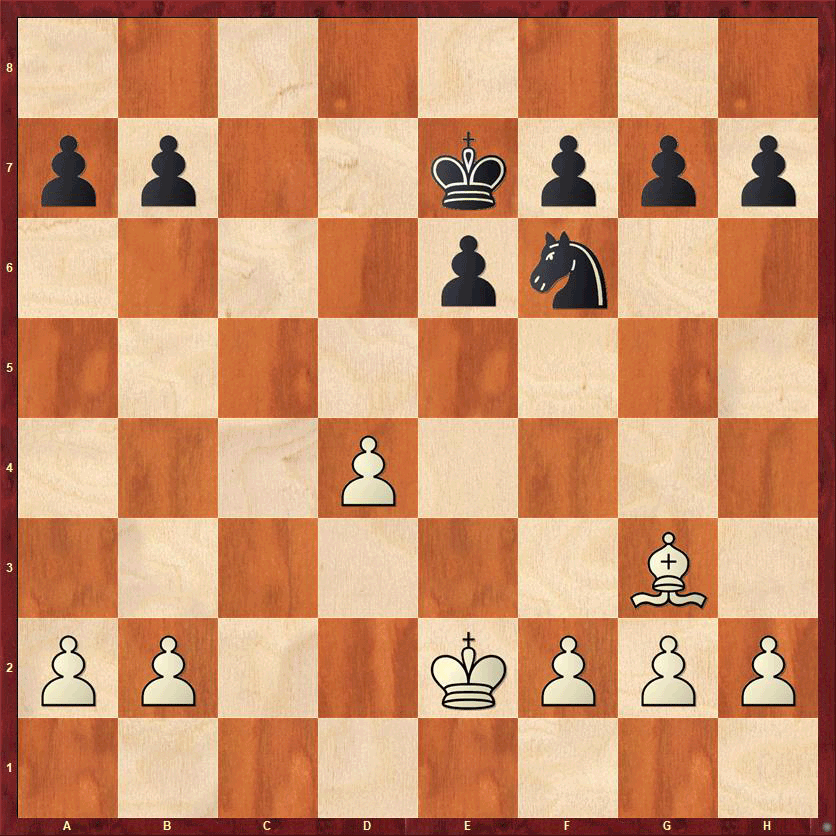

Let’s start with the common Isolated Pawns. So, what is the chess pawn strategy for Isolated Pawns? This pawn formation is essayed in many important chess openings, The Caro-Kann, Queen’s Gambit Accepted, French Defence, and others. The basic theory in defending or attacking an Isolated Pawn is to place a Knight directly in front of it. This is important because an Isolated Pawn can become dangerous if allowed to advance; this will bring tactics once the Isolated Pawn is blocked, next attack it.
Moving on, the next diagram is an example of the Passed Pawn. A Passed Pawn wants to be promoted to a major or minor piece; this is his goal. The side needs to stop this pawn by blocking it immediately, as it can become dangerous. Passed Pawn takes energy from your army because one of your pieces must watch it. Once again, your Knight is the best piece to block a Passed Pawn.


What are hanging Pawns structures, and how to attack them or defend this pawn position? Hanging Pawns are just two isolated Pawns on files next to each other, Pawns unsupported by other pawns on adjacent files. Hanging pawns have some of the characters as isolated Pawns. Hanging Pawns for White are Pawns on the 4th rank, next to each other; for Black, it’s the 5th rank. If you are up against hanging Pawns, it is advisable to attack these Pawns immediately because they can become strong.
Double Pawns are their structure important in chess? Double Pawns are usually a liability because the Pawn behind the first pawn can’t move without advancing the front Pawn, leaving the Pawn even weaker. In addition, if there are Pawns on both sides of the board, the side without the double Pawn will have a Pawn majority on the side opposite the double Pawn. The advantage of the double Pawns is that they open up a file for a Rook to operate on. Are double Pawns good or bad? It depends on positions considerations.
The moves in chess for beginners can be difficult, therefore we started with when the king can attack. We come to the King position on the chessboard and its power in the endgame. The King is hiding in the opening and middle game; he doesn’t want to get checkmated; therefore, he hides behind his Pawns and pieces. But, in the endgame, he becomes a monster, leading the way for his pawns to advance toward the queening square or defending against an advancing pawn. One of the patterns that a beginner should know is the Opposition. With the opposition, a king will dominate the position. The opposition on the chessboard is when the Kings are one square apart, either horizontal, diagonal, or vertical. A King in opposition can help a passed Pawn advance, or a King can help a major or minor piece deliver checkmate. Let’s check out some positions below.
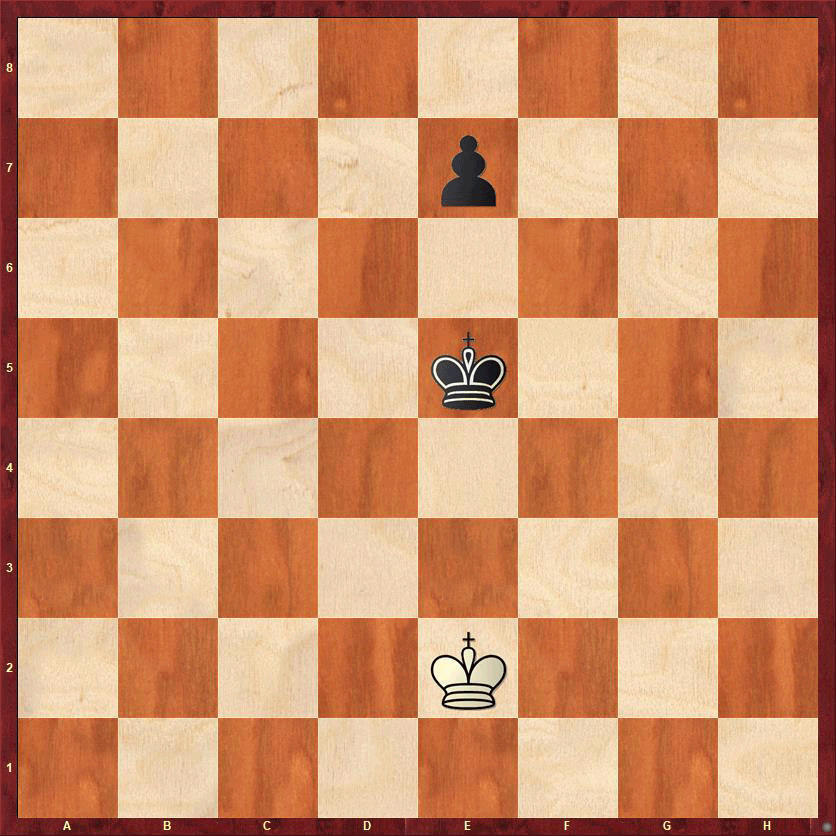

The moves in chess concerning the King’s opposition is important to understand for the beginner. Chess opposition is when two Kings face each other either on ranks or files. Kings can never touch, which forms a mutual zugzwang (Zugzwang means that whoever is to move is at a disadvantage). One use of the opposition is for Pawn promotion. In this diagram, every time Black King is forced to give way, White King advance down the board, guiding his Pawn toward the queening square.
This is King’s opposition in chess diagonal. The Black King is forced to move further into a corner, and only then does White pushes his f, a pawn, to f6 to force checkmate. If you’re unsure when to push your Pawn, I suggest that you don’t push it; move your King around and wait for your opponent to make a mistake.


This is a position where the defending side uses opposition to his advantage to save the game. King vs. King and Pawn, if you have Pawn, it’s important that you do not give a check on the 7th or 2nd rank because it can lead to a draw.
guide to spotting key moves
The opposition with a Rook on the chessboard. There a many ways to win this position. But, to demonstrate your understanding of the opposition, you should approach his King with yours and not move your Rook. Checkmate is not far off.

Philadelphia World Open Chess Tournament 2024

Paul Morphy’s Chess African Ancestry Dr. James McCune Smith There is this interesting question lurking on the internet and discussed on most major platforms concerning

how India became a superpower in chess The Catalyst Behind India’s Chess Boom: From No Grandmasters to 66 In 1987, Indian chess had no grandmasters.

GM Melikset Khachiyan Trainers System GM Aleksandr Lenderman Endgame Training GM Elshan Moradiabadi Opening Repetrioire GM Oliver Barbosa Analyzing your own games WIM Beatriz Marinello
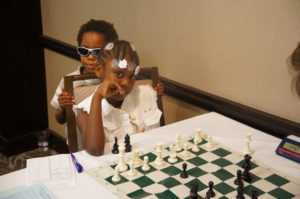
Acclaimed Chess on Number #1 Online Chess Club Power Up! Online Chess Club with friends. Play on #1 Online Chess Club. Free internet chess server
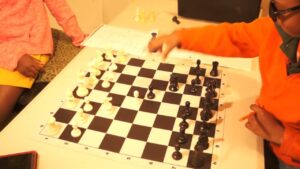
10 Weeks Online Chess Lessons Week 1 – Why we lose our chess games Understanding the 64 squares. How The Pieces Move The Value of
Chess improvement is fastest by understanding patterns and playing strong competition. Good Luck, Good Chess!